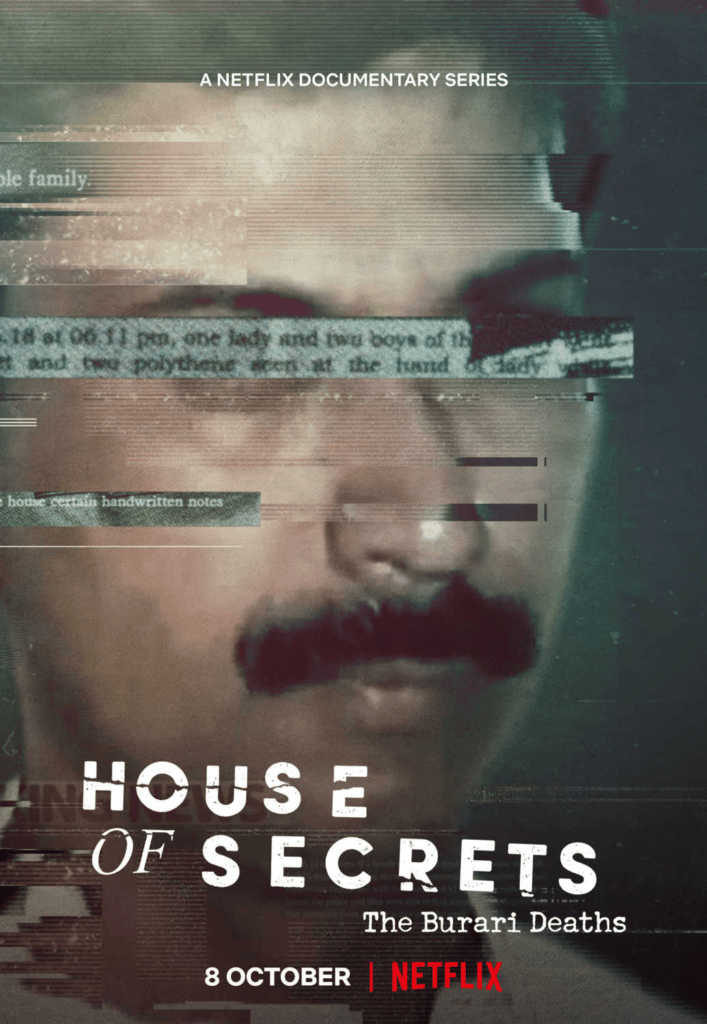
Netflix’s latest limited series shines a light on the Burari deaths, a case that held the whole of India in its grip in the summer of 2018 when 11 members of the Bhatia family were found dead in their home. Presented across three 45-minute episodes, the limited series from Netflix’s original documentary arm offers unparalleled access to both media and Bhatia family archival material and insights.
On July 1, 2018, a neighbor, alerted by the still-closed grocery store belonging to the Bhatia family, and the uncollected morning milk delivery spoiling in the sun, pushed open the unlocked door to their house in Sant Nagar and walked upstairs only to emerge screaming moments later.
The series wastes no time in getting straight to the heart of what he found there, showing harrowing images the trigger warning at the outset attempts to, but can in no way, prepare you for.
Eleven members of the Bhatia family (also known as the Chundawats) were dead inside. Ten hanging from a metal grate in the ceiling, colorful saris wrapped around their necks; while the eldest, the grandmother Narayani Devi, 80, lay on her side nearby. On the roof, the family’s dog Tommy had been tied up, left to bark himself hoarse in the sun.
“I don’t think anybody has ever seen this kind of crime scene ever in his life,” intones Manoj Kumar, station house officer at the Burari police station. “This is something that has been etched in my mind until the day I die.”
The dead were Devi, 80; her sons Bhuvnesh, 50, and Lalit, 45; daughters-in-law Savita, 48, and Tina, 42; and daughter Pratibha, 57. Then there were the grandchildren, Pratibha’s daughter Priyanka, 33, Bhuvnesh’s children, daughters Nitu, 25 and Monu, 23, and son Dhruv, 15; and Shivam, the only child, and son of Lalit, also 15.




